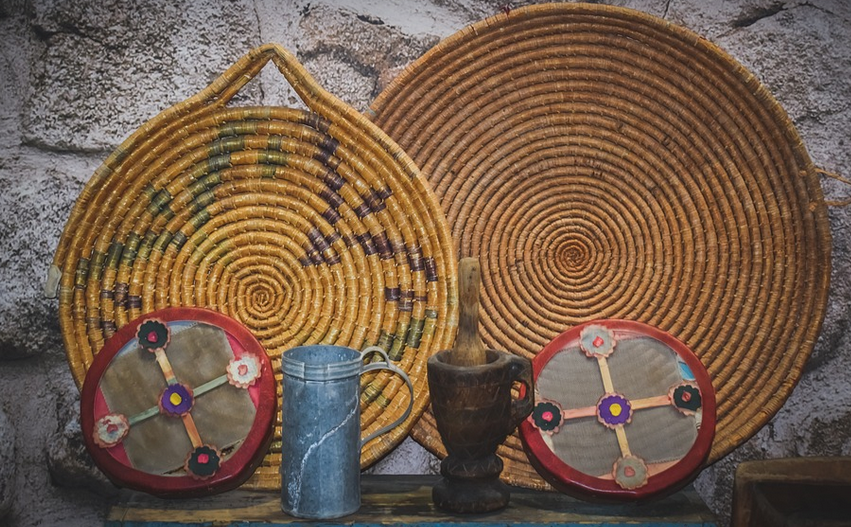
What Is An Awl Used For?
A Tiny Tool with Big Versatility
You might have seen them lying around your uncle’s workshop, tucked away in a toolbox, or maybe even glimpsed one at a craft store. The humble awl—a tiny tool with a sharp point—can do more than you might initially think. It’s not just for poking holes anymore; awls are surprisingly versatile tools that can tackle a surprising array of projects.
First things first, let’s talk about the awl itself. It’s essentially a small, pointed hand-held tool with a tapered tip designed for piercing and creating holes in various materials.
The awl typically features a long handle made from wood or metal to ensure comfortable use. This provides leverage and control during the process of making precise holes.
The Awl’s Hidden Talents
While awls might not be the flashiest tool in your toolbox, their versatility is often underestimated. They offer a unique blend of precision and simplicity that makes them invaluable for various tasks. Let’s explore some of the most common uses:
**1. Creating Precise Holes:** A core application for an awl is creating neat holes in leather, wood, fabric, or other materials. This precise control allows you to create custom patterns, fasten things securely with stitches, and even personalize everyday objects.
**2. Sewing Craftsmanship:** For those who delve into the world of needlework or crafting, an awl’s point comes in handy for creating small holes for sewing needles to thread through. It allows for precise control when working on intricate projects, be it embroidery, quilt piecing, or even tailoring.
**3. Working with Leather:** The awl is a workhorse when dealing with leather goods, from crafting wallets and belts to making custom shoes and bags. It’s essential for punching holes in leather for stitching, creating decorative patterns, or attaching buckles and other hardware.
**4. Woodworking Wonders:** A skilled woodworker will often use an awl to create neat holes for joining thin pieces of wood together using specialized techniques like dovetail joints. The awl allows them to make precise cuts and secure the pieces with minimal effort.
**5. Artful Applications:** Beyond traditional materials, an awl’s versatility extends to artistic endeavors. Artists can use it for creating textured patterns on canvases or even etching designs onto metal surfaces. The thin point allows for intricate control and detail that would be difficult to achieve with other tools.
**6. Beyond the Materials: A Versatile Tool:** In some cases, an awl may be used in situations where you need to create a small opening or pierce materials like plastics or rubber. This requires careful technique and precision but can prove useful for tasks like troubleshooting electronics or working on delicate objects.
Beyond the Basics: Awls in Everyday Life
The awl’s usefulness extends beyond the hands of professional craftspeople and artists. Many everyday individuals use it in their daily lives, often without realizing its versatility. Let’s delve into some common applications:
**1. Fashion & DIY:** When sewing clothes or creating accessories, an awl can help create precise holes for threading needles. This is especially useful when working with delicate fabrics and ensuring even stitches.
**2. Home Repairs & Construction:** An awl’s purpose extends to home maintenance and repair. It can be used for drilling small holes in wood panels for hanging pictures or securing nails to thin boards.
**3. Outdoor Projects:** The awl comes in handy for outdoor projects like building birdhouses, repairing tents, or even crafting simple decorations for gardens.
These are just a few examples; the awl’s range of applications is vast and often overlooked.
**Conclusion:**
So there you have it. The humble awl is more than just a simple tool for punching holes. It’s a versatile companion that offers precision, control, and a wide range of applications. Whether you’re a professional craftsman or an enthusiastic DIYer, the awl often proves to be a surprisingly valuable tool in your arsenal.